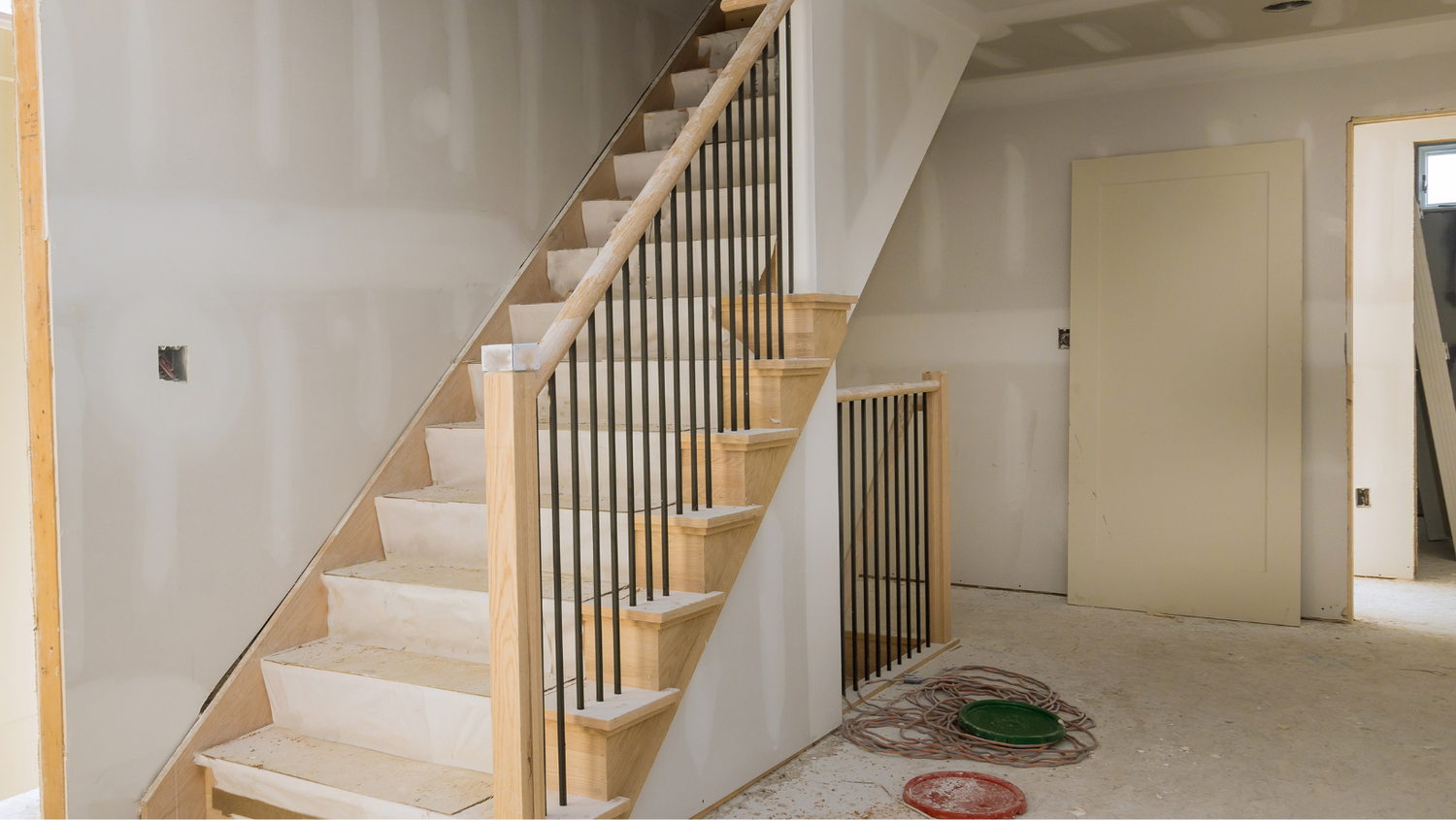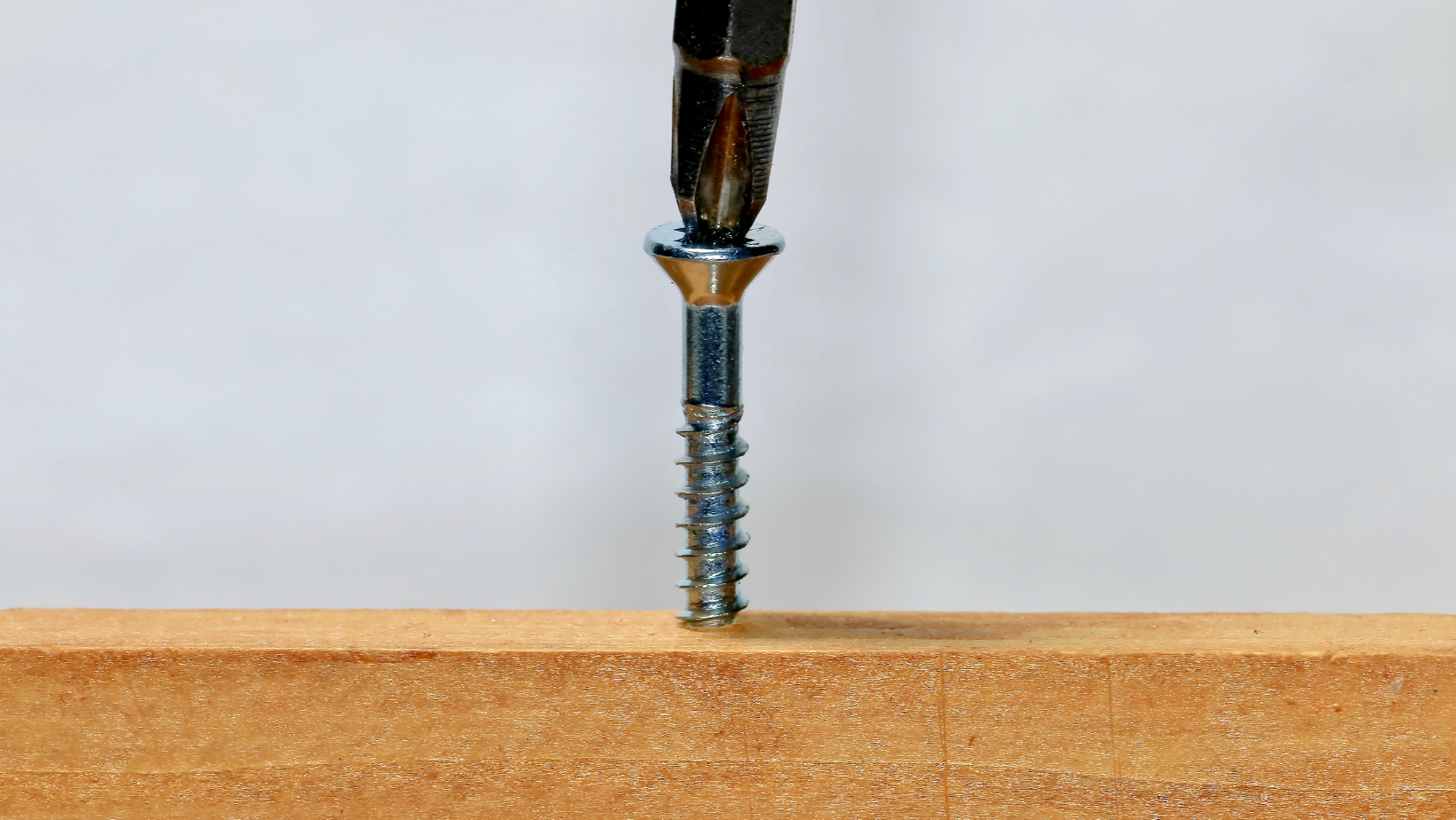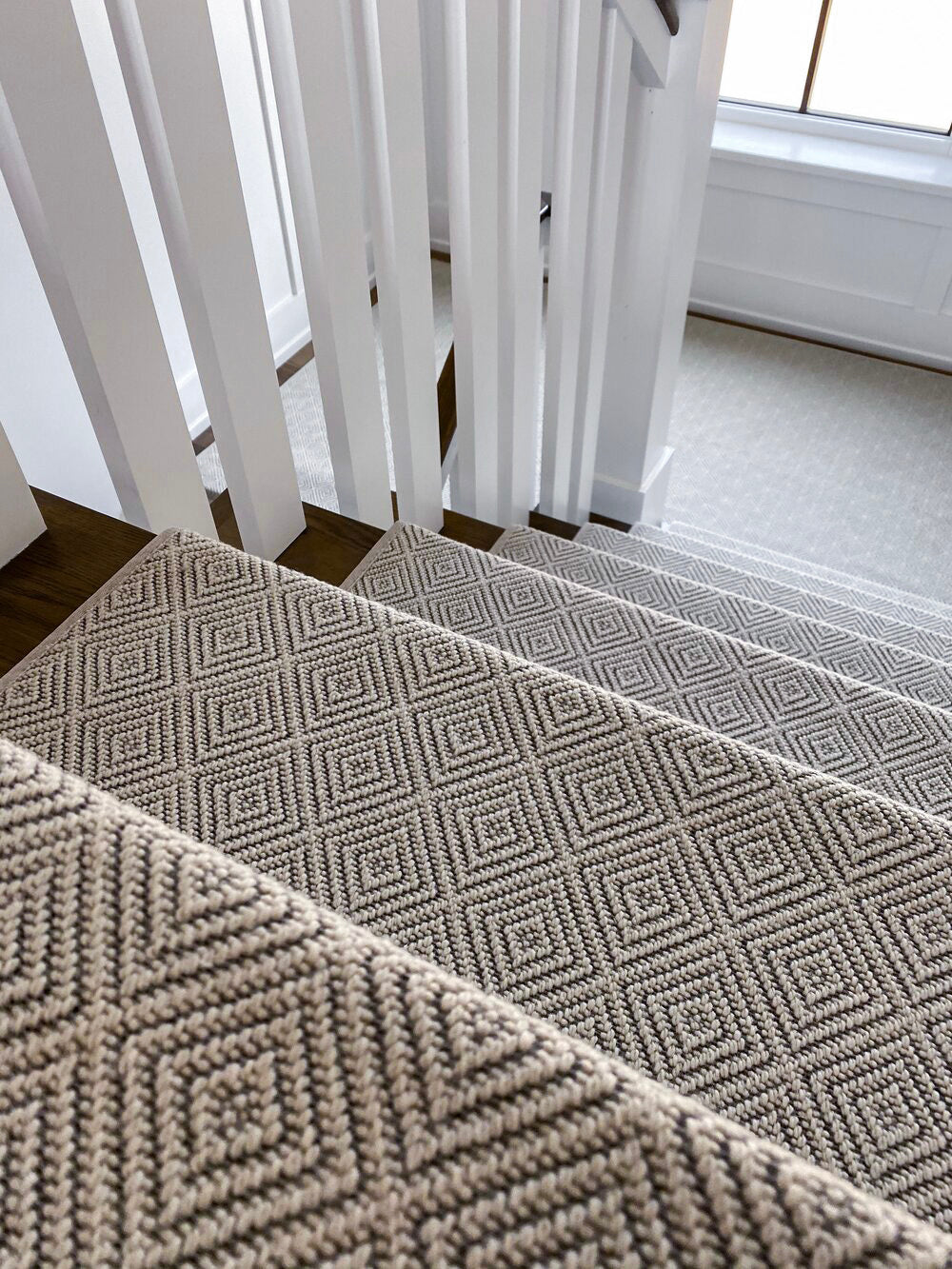Attaching stair treads to stringers is a crucial step in constructing a safe, durable, and visually appealing staircase.
Properly installed stair treads ensure that the staircase remains stable over time, preventing potential hazards such as loose steps, uneven surfaces, and structural weaknesses.
Whether you are building a new staircase or upgrading an existing one, understanding the best techniques for securing stair treads is essential for achieving a long-lasting result.
There are various methods to attach stair treads to stringers, and the right one will depend on factors such as the materials used, the expected level of foot traffic, and the overall aesthetic preferences.
This guide will provide an in-depth look at how to attach stair treads to stringers using different approaches, including screws, nails, adhesives, and double-sided tape for carpet stair treads.
By following these steps, you will be able to create a sturdy, slip-resistant staircase that not only looks great but also enhances the safety and functionality of your home.
What Are Stair Treads and Stringers?
Before diving into the installation process, it is important to understand the fundamental components of a staircase and their roles in ensuring structural integrity.
-
Stair Treads: These are the horizontal parts of the stairs that people step on when ascending or descending a staircase. They provide the surface for foot traffic and can be made from various materials, including wood, composite, metal, or carpet-covered surfaces.
-
Stringers: These are the diagonal support beams that hold up the stair treads and risers. They form the backbone of the staircase and are usually made of wood or metal. Stringers must be properly spaced and securely fastened to provide adequate support for the entire staircase structure.
Understanding these components is essential because the strength of the staircase depends on how well the treads are attached to the stringers.
The choice of attachment method should ensure a secure fit while maintaining the aesthetic appeal of the staircase.
How Are Stair Treads Attached to Stringers?
Attaching stair treads to stringers involves a series of steps that must be performed with precision to ensure a long-lasting and secure staircase.
The specific method used may vary depending on the type of material used for the treads and stringers, but the basic principles remain the same.
Proper installation not only enhances the durability of the staircase but also minimizes noise and movement over time.
Tools and Materials Needed
To successfully attach stair treads to stringers, you will need the following tools and materials:
-
Tape measure for accurate measurements
-
Circular saw or handsaw for cutting treads to size
-
Power drill and drill bits for making pilot holes
-
Screws or nails for fastening the treads
-
Wood glue or construction adhesive for additional bonding strength
-
Clamps to hold treads in place while securing them
-
Level to ensure proper alignment
-
Double-sided tape (for carpet treads)
-
Rubber mallet for making small adjustments
Having the right tools on hand will make the installation process smoother and help achieve a professional finish.
Step-by-Step Guide to Attaching Stair Treads to Stringers
1. Measure and Cut the Stair Treads
Before attaching the treads, it is essential to measure and cut them to fit perfectly on the stringers.
-
Measure the width of the staircase to determine the exact length of each tread.
-
Use a circular saw to cut the stair treads to match the required dimensions.
-
Sand the edges to ensure a smooth, splinter-free finish.
Accurate cutting is crucial to prevent gaps or uneven surfaces that could compromise the structural integrity of the staircase.
2. Position the Stair Treads on the Stringers
Once the treads are cut to the correct size, place them onto the notches of the stringers to ensure a precise fit.
-
Place the first tread on the stringers and ensure that it sits flush against the back of the step.
-
Use a level to check for evenness and alignment.
-
Make small adjustments as needed before securing the tread in place.
Proper positioning is essential to maintain a uniform appearance and ensure the safety of the staircase.
3. Secure the Treads Using Screws or Nails
Choosing between screws and nails for attaching stair treads depends on durability, ease of installation, and future maintenance.
Attaching with Screws
-
Pre-drill holes to prevent the wood from splitting.
-
Use two to three screws per side to attach each tread to the stringer.
-
Drive the screws deep enough so they sit flush with the surface to prevent tripping hazards.
Attaching with Nails
-
Use finishing nails or construction nails for a secure attachment.
-
Drive the nails at a slight angle to enhance grip.
-
Space them evenly across the tread for uniform support.
Using screws provides a stronger hold and is ideal for high-traffic staircases, while nails are quicker and more cost-effective but may require reinforcement over time.
Should You Use Adhesive for Stair Treads?
For added security and stability, construction adhesive can be used in conjunction with screws or nails.
Applying adhesive along the top edges of the stringers before placing the tread prevents squeaking and enhances bonding strength.
How to Install Carpet Stair Treads with Double-Sided Tape
For homeowners looking for a softer, more comfortable surface, carpet stair treads offer a practical solution.
Double-sided tape is a simple yet effective method for attaching carpet stair treads without the need for screws or nails.
Installation Guide for Carpet Stair Treads
-
Clean and Dry the Surface: Ensure the wooden tread and the underside of the carpet are free from dust and moisture.
-
Apply Double-Sided Tape: Place strips of high-quality, non-slip tape along the edges and center of the tread.
-
Position the Carpet Tread: Align it correctly before pressing down firmly.
-
Secure and Smooth Out Bubbles: Use a rubber mallet or hands to ensure a tight bond.
Carpet stair treads provide enhanced safety and comfort while reducing noise levels in high-traffic areas.
How Do You Ensure Long-Term Stability?
To maintain the stability of stair treads over time, it is important to perform regular inspections and maintenance.
-
Check screws and nails periodically for signs of loosening.
-
Reapply adhesive in high-traffic areas if needed.
-
Use anti-slip pads to provide additional grip and security.
Stepping It Up
A well-secured staircase is essential for both safety and aesthetics, making the proper attachment of stair treads to stringers a vital step in construction or renovation.
By using the right tools and techniques—whether screws, nails, adhesive, or double-sided tape for carpet stair treads—you can ensure long-term durability and stability.
Taking the time to measure accurately, align correctly, and secure the treads properly will help prevent common issues such as squeaking, shifting, or uneven surfaces.
Regular maintenance is also key to preserving the integrity of your staircase over time.
Periodically checking for loose fasteners, reapplying adhesive when necessary, and using anti-slip pads can extend the lifespan of your stair treads and enhance safety.
Whether upgrading an existing staircase or building a new one, investing in high-quality materials like Oak Valley Designs’ handcrafted stair treads ensures a long-lasting and visually appealing result.
Upgrade Your Stairs with Premium Stair Treads
At Oak Valley Designs, we offer handcrafted, high-quality stair treads designed for safety, durability, and luxury. Browse our collection and find the perfect match for your home.
-
Website: https://oakvalleydesigns.com/
-
Phone: 706.331.0315
-
Email: info@oakvalleydesigns.com
-
Address: 30 River Ct SW Bldg E Cartersville, Ga 30120
Upgrade your staircase today!



